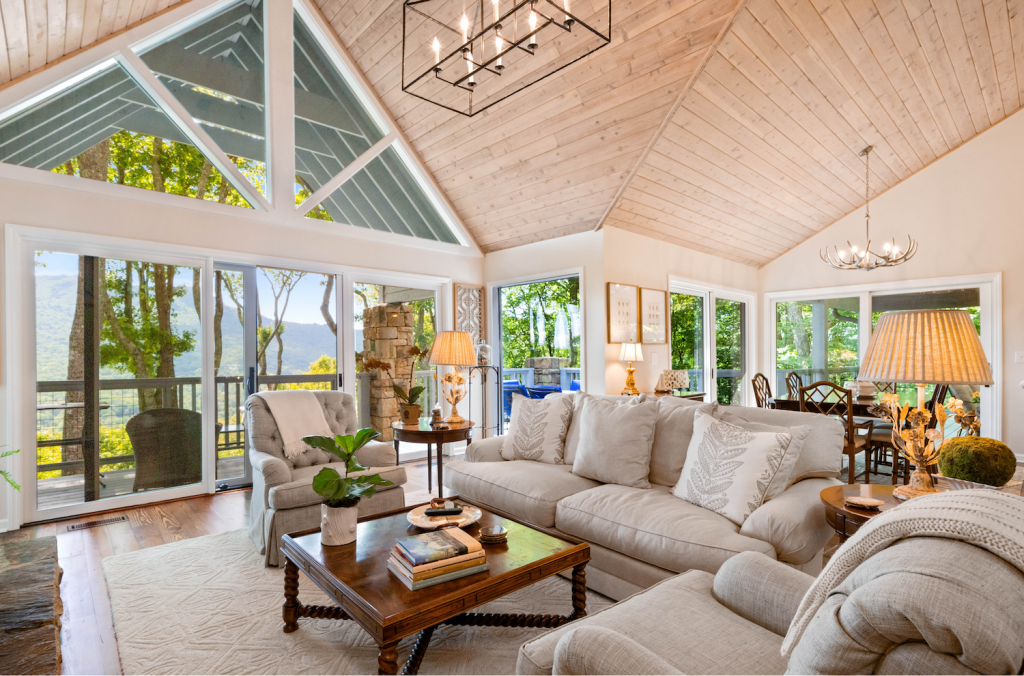
San Diego Neighborhood Chart
By the Numbers
$493K: Median sale price [fourth quarter 2016 ($229K US)]
7%: Median home price growth [2015–16 (15% US)]
0%: Average weekly wage growth [2015–16 (2% US)]
13%: Discount on houses bought by flippers [Nationally, our market has the fourth smallest discount. The US average in third quarter 2016 was 25.2 percent.]
0.5%: Foreclosure rate 2016 [San Diego is considered well below the normal foreclosure rate of 1 percent.]
-15%: Foreclosure rate change from 2015 to 2016
24/447: Our nationwide rank in unaffordability [Measured by the percentage of wages required to make monthly payments on a median-priced home. However, San Diego has always been less affordable: It’s more useful to consider the change in our affordability over time than compare our stats to 446 other counties. Historically, San Diego is more affordable than it has been.]
4th: Our rank out of the most populated US counties where home prices outpaced wages in 2016.
Source: ATTOM Data Solutions
Sources: Median home cost, home appreciation rate in the last 12 months, average rent for a one-bedroom home or apartment, median age, commute time, and spending per child sourced from Sperling’s Best Places. Average household income is based on 2010 US Census data. Walk Score is a public web site that estimates neighborhood walkability based on proximity to 13 amenitiy categories. 90-100 is a Walker’s Paradise where daily errands do not require a car; 70-89 is Very Walkable; 50-69 is Somewhat Walkable; 25-49 is Car-Dependent with most errands requiring a car, and 0-24 is Car-Dependent wtih almost all errands requiring a car. Home and rental costs and appreciation rates change often and may be different than the time of this printing. Commute times are based on the average number of minutes that residents travel for a one-way commute to work.


















